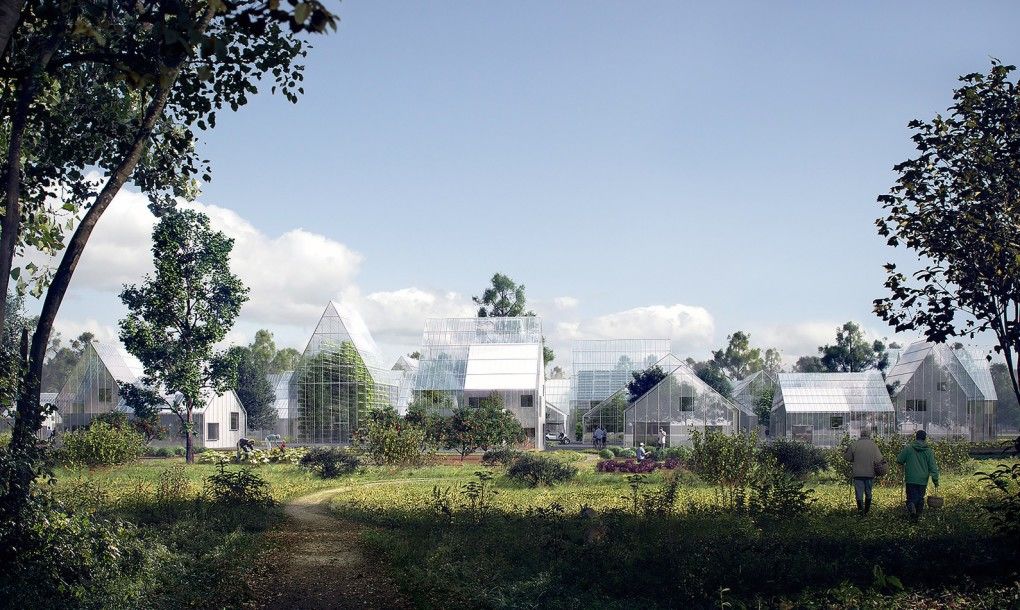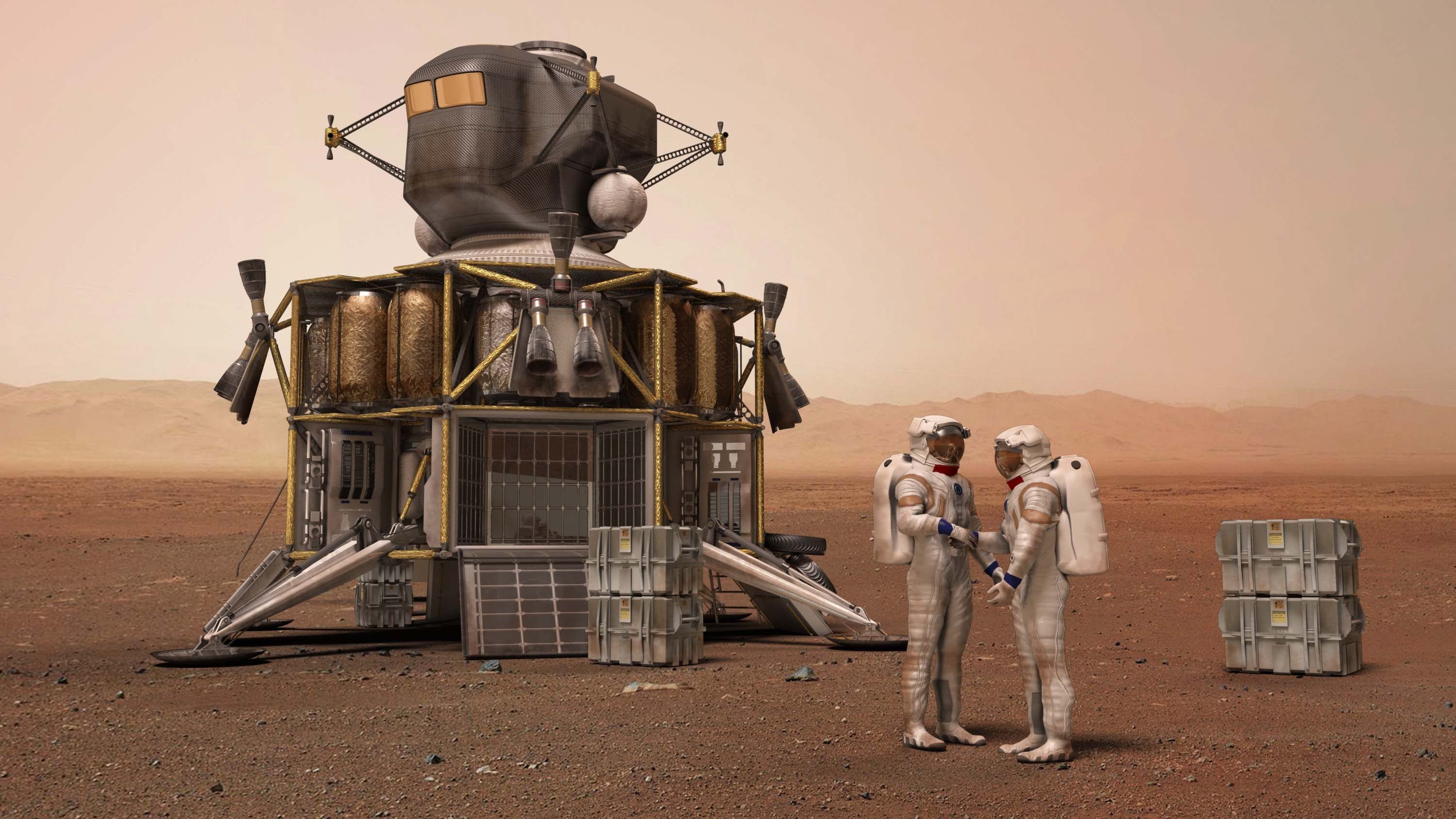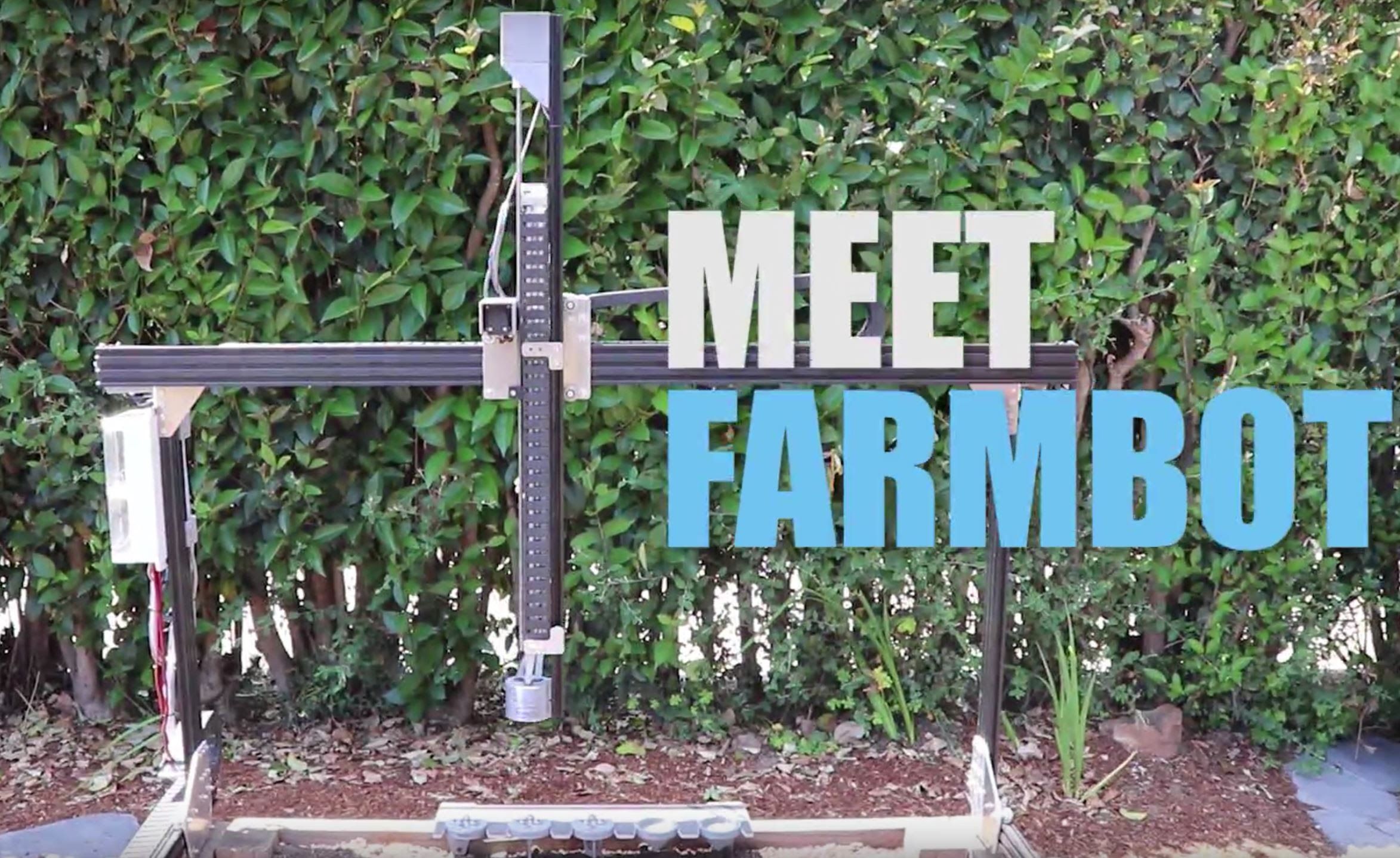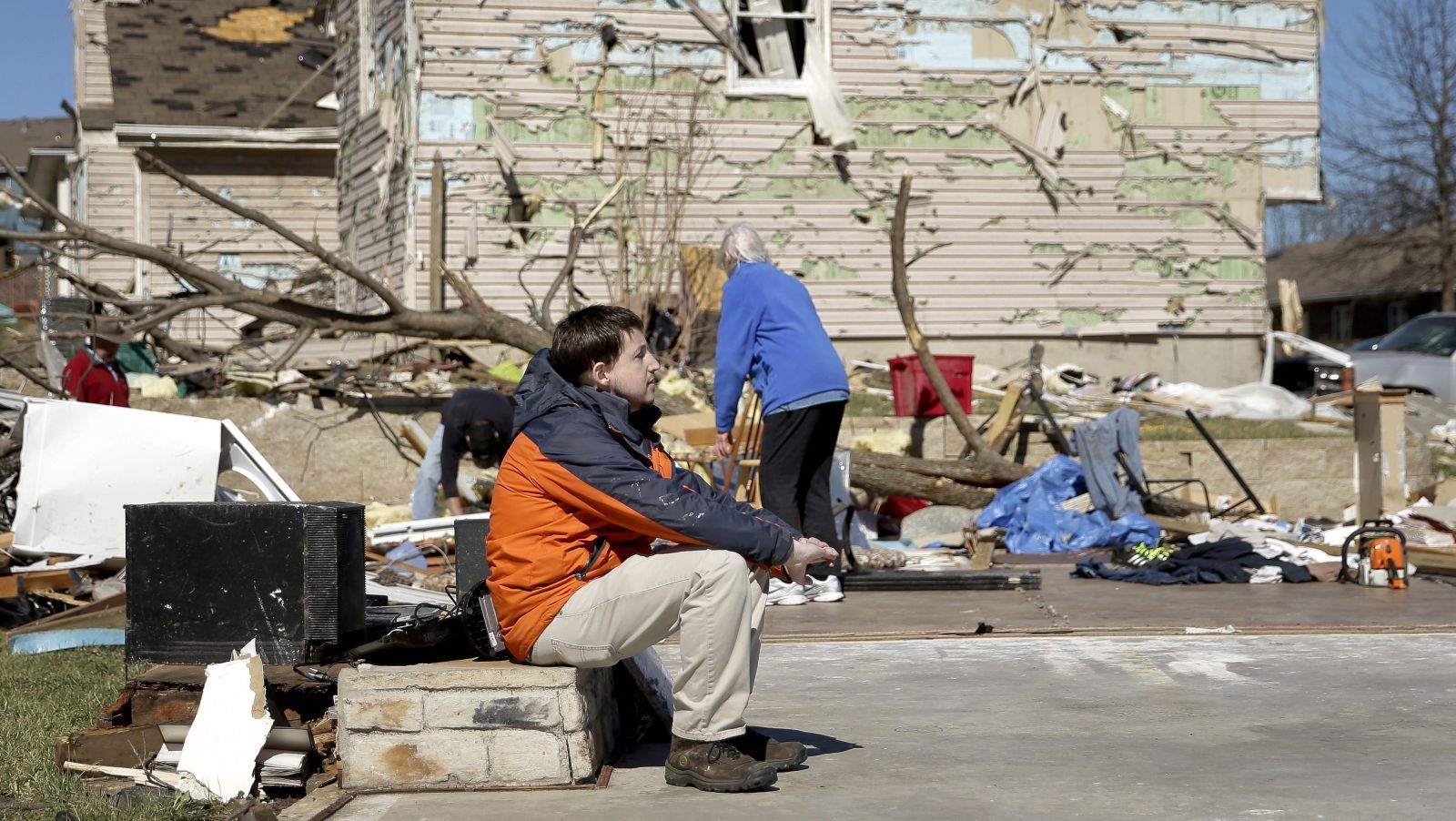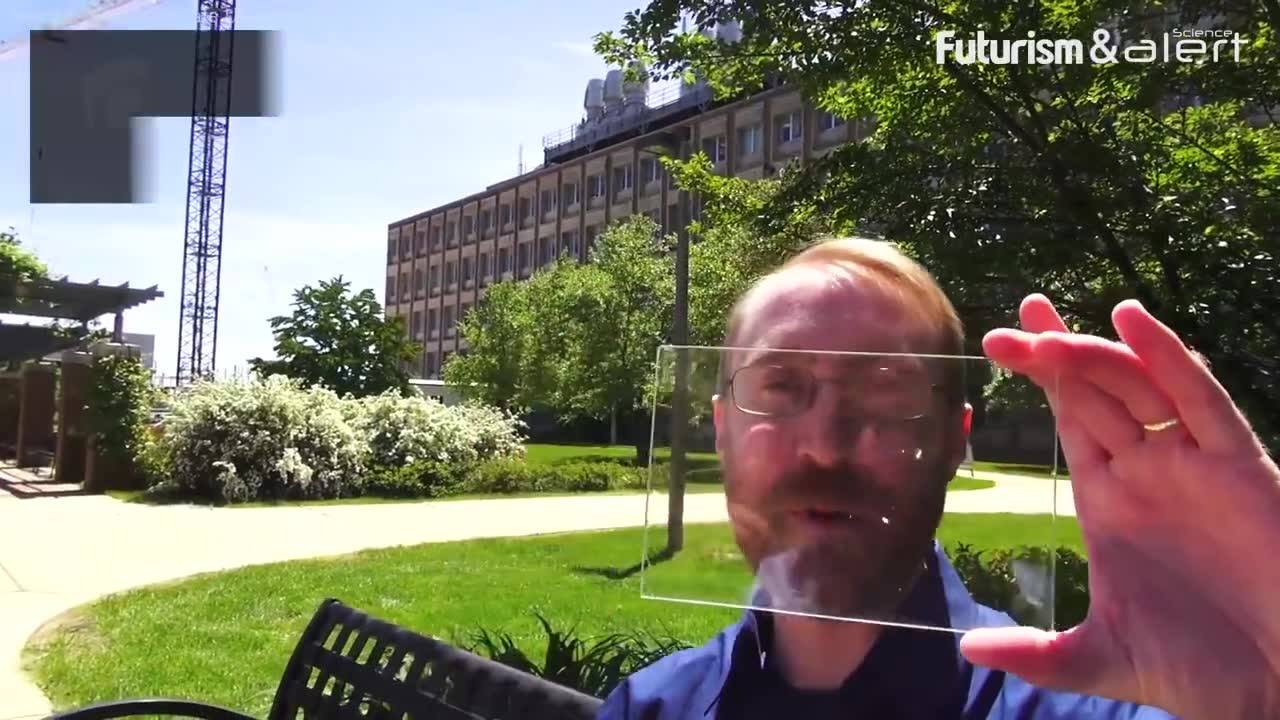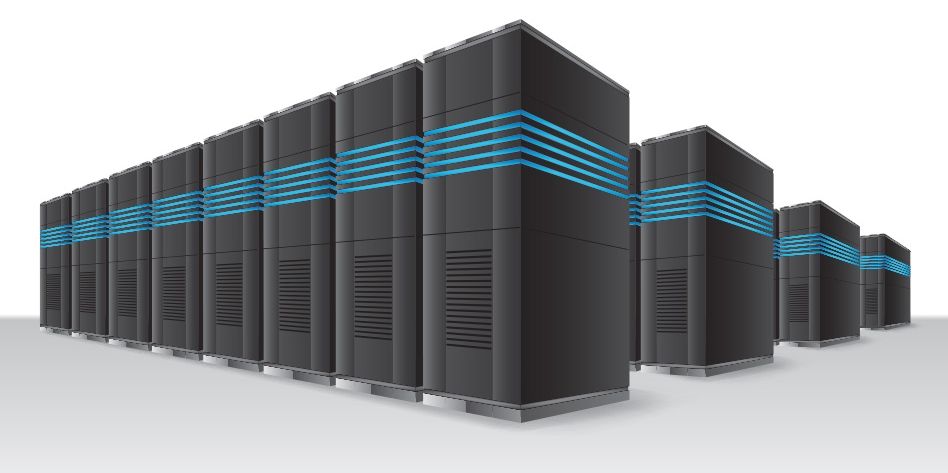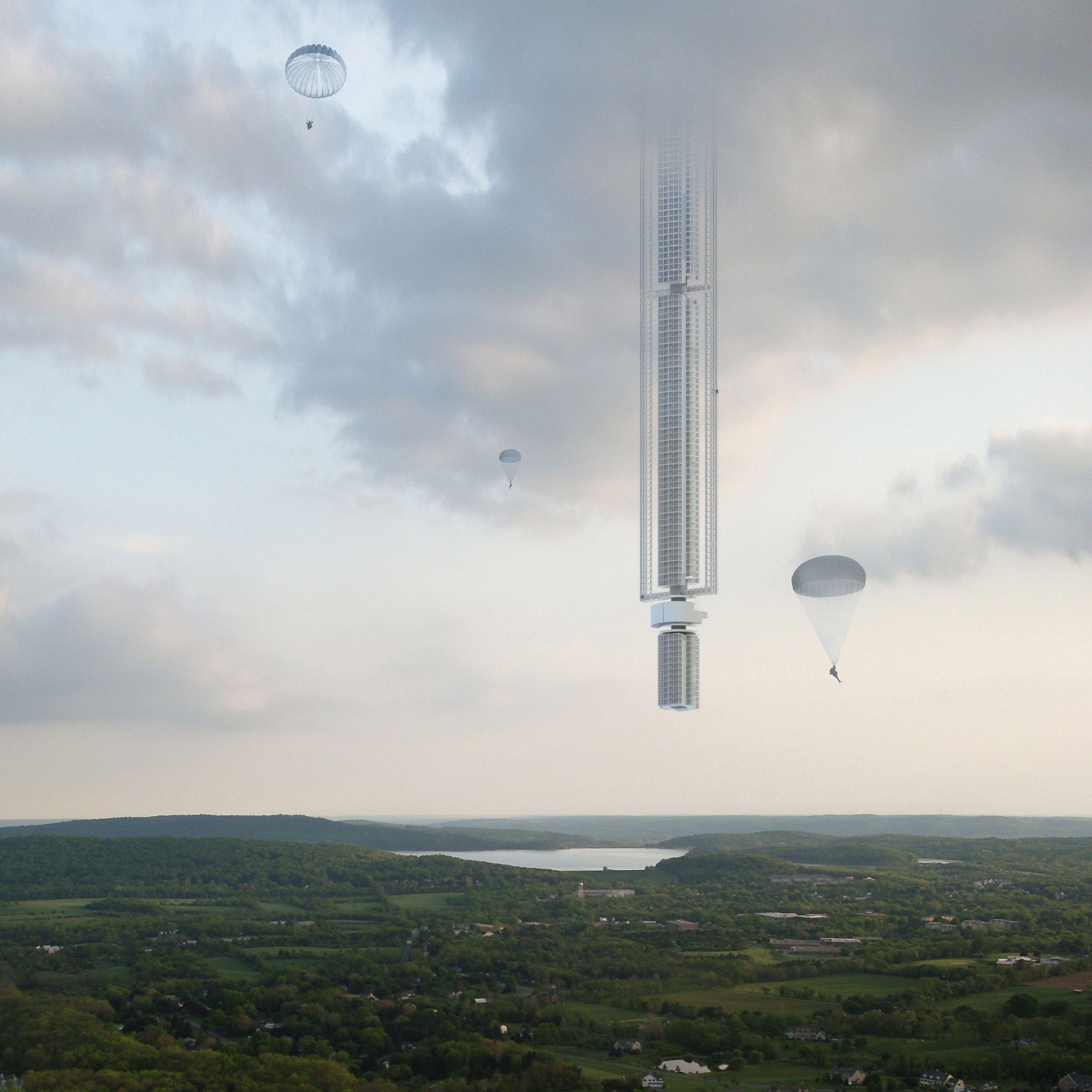Apr 26, 2017
This robot can build a 50-foot-wide house all by itself in 14 hours, at MIT or on Mars
Posted by Klaus Baldauf in categories: 3D printing, habitats, robotics/AI, space travel, sustainability
Researchers at the Massachusetts Institute of Technology have created a double-armed, laser-guided robot that can basically 3D print a 50-foot-wide house in less than 14 hours with almost no human intervention. The Digital Construction Platform, described today in Science Robotics, consists of a large hydraulic arm mounted on a platform with motorized treads, plus a smaller electric-powered arm for finer movements. The MIT team programmed the solar-powered machine to spray out foam construction material, layer by layer, to form a 12-foot-high, igloo-like structure big enough to house a family. The researchers hope such robots could someday be sent to the moon, Mars or Antarctica to build “print-in-place” habitats from the materials at hand … or at manipulator.


